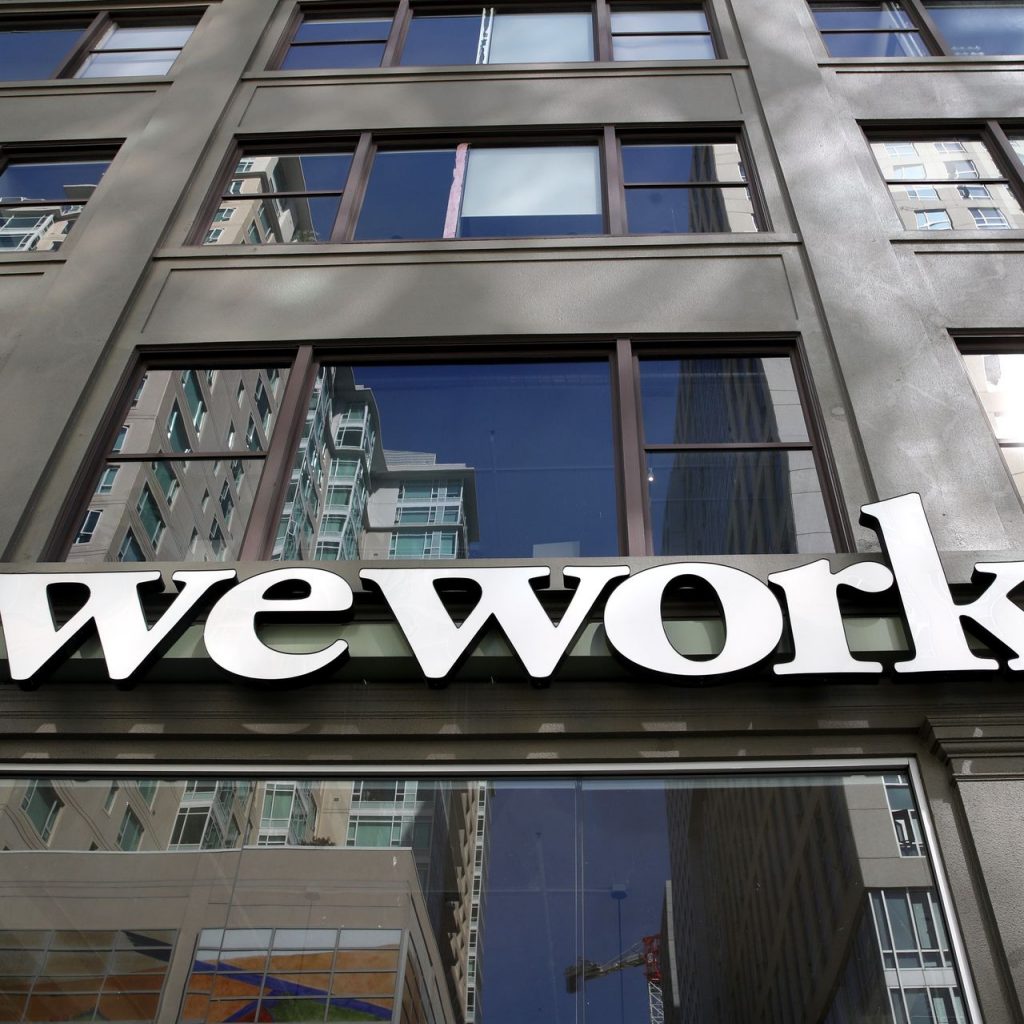Growth in the transportation sector has historically been a leading economic indicator. The reason that companies ship more is because economic demand is strong, both from manufacturers and retail customers.
But today the transportation sector may be giving false signals of how well the economy is growing. While customers of train and transport companies are shipping more, much of the increase in cargo usage has been because of one commodity – oil – due to the lack of existing pipeline infrastructure.
Pipeline bottlenecks create a comeback in oil trains
A recent article in the Wall Street Journal notes that the use of trains to transport crude oil in North America is surging as oil production exceeds pipeline capacity.
According to the U.S. Energy Information Administration, as of October 2018 an average of 718,000 barrels of crude were shipped by rail each day. That’s an increase of 88% from October 2017.
Canada is shipping record amounts of oil by train as pipeline expansion projects such as Keystone XL and Trans Mountain have stalled due to opposition by environmentalists and legal delays. More oil is also being shipped by rail in the Bakken region of North Dakota and the Permian Basin areas of West Texas and New Mexico.
Oil train traffic from the Permian Basin is expected to be strong through the end of this year, and into 2020 for producers in North Dakota and Canada, until new additional pipeline can be laid. Pipeline projects normally lag behind the actual growth in oil and gas production.
In times of surging oil production, distribution systems find it particularly difficult to play catchup. That’s exactly what is happening now. Oil production in North American was more than 15.6 million barrels per day in August, an annual increase of 17%.
In the meantime, railroads are feeling the love
While oil pipelines struggle to deliver, railway and transportation companies are feeling the love. It costs nearly twice as much to ship oil by train as by pipeline. According to energy investment banking company Tudor Pickering Holt & Co., the cost to send a barrel of oil from Canada to the U.S. Gulf Coast by train is about $20 per barrel, versus $12.50 for the same distance by pipeline.
Despite the growth in oil trains, railway executives remain cautiously optimistic about long-term shipping volumes due to the ongoing trade war and mixed economic signals.
Jacksonville-based CSX operates a rail network in the Eastern U.S. The company expects muted volume growth overall as shipments by coal decline and shipments by the auto and chemical sectors rise. Union Pacific operates one of the two rail networks in the Western U.S., providing transportation systems from major ports in California to the Midwest. CEO Lance Fritz notes that most – but not all – of the company’s shipping customers feel good about the markets that they serve.
Railway companies are cautiously optimistic about their business. Investors should also be cautious about using rail and transportation traffic as a forward-looking indicator of economic growth.
The short-term surge in oil trains could very well be creating a false-positive. Over the next 12 to 18 months oil transport volume will shift back to pipelines. When this readjustment occurs train and transportation traffic will once again become the useful economic indicator that it once was.




